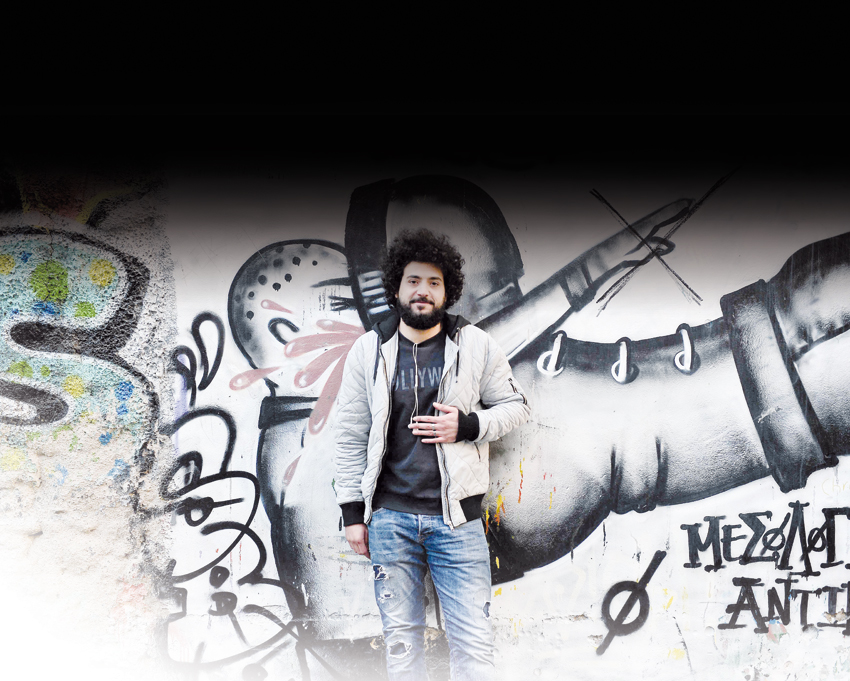

They are refugees, but do not live in the camps so often associated with those fleeing war or persecution. They account for around two-thirds of the global refugee population but receive little help from aid organisations. There are tens of thousands of them living in cities like Bangkok, Nairobi and Kuala Lumpur, but their lives are largely invisible.
Here are five facts about “urban refugees”:
Who are they?
As their name suggests, urban refugees are refugees living in an urban setting as opposed to refugee camps. According to the UN refugee agency UNHCR, as many as 60 per cent of the world’s 19.5 million refugees are now living in cities and towns.
At least twice that number of internally displaced people — forced to flee their home but remaining within their country’s borders — are believed to also live in cities and towns.
Why do they live outside refugee camps? Some urban refugees are away from camps because there are no such places in their hosting countries. Others have chosen to leave camps or to bypass them entirely, seeking instead to settle in places where they have a better chance of finding jobs to support their families.
Where do they come from?
The answer varies from city to city. In Bangkok, for example, urban refugees primarily come from Pakistan, though refugees from some 40 other countries live there as well. In Mafraq city in northern Jordan, the majority of urban refugees are Syrians. And in Nairobi, the Kenyan capital, the Somali population is the largest among urban refugees, followed by South Sudanese and Ethiopians, according to UNHCR.
What’s their life like?
This depends on where they live. Registered refugees in Germany have rights to housing, can work legally and enjoy free language courses.
But urban refugees living in countries like Thailand which never signed the 1951 UN Refugee Convention protecting refugees’ rights, and in countries where refugees are tolerated only if they stay in designated camps, they do not enjoy the same protection.
In these countries, urban refugees are often denied access to healthcare and education. Due to a lack of work permits, urban refugees are forced into crippling idleness or end up with taking poorly-paid informal work.
Living under the radar, they are often out of reach of the help of aid agencies.
To help their families survive, Syrian refugee children in Lebanon commonly work on the streets, either begging or shining shoes, and young girls often peel garlic at restaurants for $1 per day, a 2016 report by the Freedom Fund found.
What risks do they face?
In countries such as Thailand, urban refugees live in fear of being arrested and returned to their home country. Some refugee children don’t go to school and spend entire days indoors.
Urban refugees are also at risk of human trafficking. In January, the EU’s criminal intelligence agency Europol said at least 10,000 unaccompanied child refugees had vanished after arriving in Europe, at risk of falling prey to trafficking gangs, sex abuse and slavery.
Refugees in cities, especially in large numbers, can stir resentment among the host community. In Jordan, for example, demand for housing from Syrian refugees has driven up the cost of rent in cities of Mafraq and Ramtha, fuelling tensions over resources between the refugees and local communities, humanitarian research firm ACAPS said in a 2016 report.
— Thomson Reuters Foundation
Oman Observer is now on the WhatsApp channel. Click here



